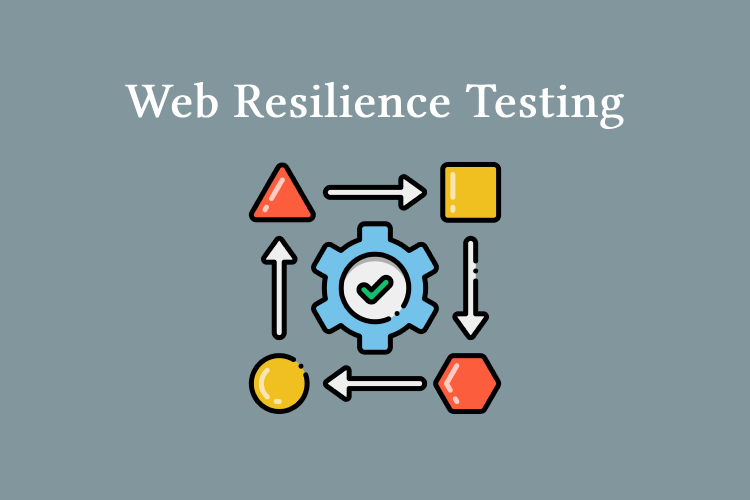
As constant headlines remind us, distributed denial-of-service (DDoS) threats continue accelerating against organizations of all sizes and industries. Frequently powered by pay-to-play IP stresser services, these disruptive bandwidth floods inundate networks with junk traffic – crashing websites, inundating servers, and grinding operations to a halt. While no magic bullet exists to stop DDoS entirely, IT teams still bear responsibility for constructing and validating defenses that maximize website and infrastructure resilience when – not if – the next attack strikes. By proactively stress testing protections using IP stressers in controlled scenarios, security leaders obtain the assurance needed that business continuity safeguards meet operational needs when real threats emerge.
Evaluating readiness against attack symptoms
DDoS attacks share several hallmark symptoms reflecting the underlying tactic hackers employ through floods:
- Slow file transfers and lag – Chief indicator of congestion from traffic overloading network capacity. Connections exhibit severe latency as queues backlog.
- Elevated bandwidth utilization – Network performance monitors show bandwidth maxing out as junk data packets swamp available capacity to route legitimate traffic.
- Increased error responses – Protocols like ICMP and HTTP see substantially more timeout errors and request failures during floods. Servers struggle to acknowledge connections through the noise.
- High connection retry rates – Another flag applications see many failed transaction attempts repeated before data makes it through the “noise” created by attack loads spiking.
Recreating these degraded conditions safely is imperative. It builds organizational confidence that adjustments to hosting, software, and mitigations will withstand battle testing before threat actors strike. Every weakness exposed now gets addressed on internal systems rather than waiting for customers to experience shortfalls once site reliability is threatened.
Orchestrating effective stresser DDoS testing
While intent matters greatly legally between white hat testing and criminal DDoS activity the network effects induced are comparable. Teams essentially mimic cyberattack symptoms that could emerge from rented booter services:
- Bandwidth floods – Leveraging on-premise load generators or cloud services to clog internet pipes. Confirm different network segments withstand loads without choking bandwidth.
- Vulnerability scanning – Actively probe infrastructure by replaying malicious inputs seeking crashes in server software exposed to the public internet. Any successful denial achieved signals attack surface hardening opportunities.
- WAN link failure – Power down ISP or SD-WAN connections intentionally to validate automatic failover connectivity engages for remote sites and cloud assets to avoid isolation during an outage.
- Bot traffic simulation – Use bot farm services to simulate high levels of synthetic junk human and machine visitors hitting web assets. Profile server loads and slowdowns are experienced under a heavy burden.
Through methodological testing under fire, IT architects receive evidence-driven feedback on where to prioritize DDoS investments next or ecosystem weaknesses requiring hardening to achieve resilience objectives.
Maximizing readiness against IP stresser threats
What does an IP Booter do? While stress testing helps safeguard infrastructure internally, third-party IP stressers pose external threats needing equal readiness confirmation. Dedicated denial-of-service offerings launch attacks at a whole, different scale than internal teams replicate during controlled testing. Some specialized security firms offer booter-based stress testing leveraging the same criminal attack platforms that threat actors abuse to maximize realism:
- Dark web threat intelligence – Monitoring booter sites directly through anonymity networks to gather adversary TTP intelligence. Research real attacker tools on tap to model worst-case scenarios that could strike assets.
- Attack recreation – Emulate the specific techniques weaponized by booter services like SSL renegotiation flooding, ACK floods, and application layer attacks during test events to verify mitigation efficacy.
While unorthodox, hiring hacker-reformed talent that formerly created or weaponized these attack tools provide incredible insights into stresser vulnerabilities otherwise hard for internal corporate teams to fully grasp. Their productized software still powers most denial-of-service techniques found distributed through underground criminal enterprises.

